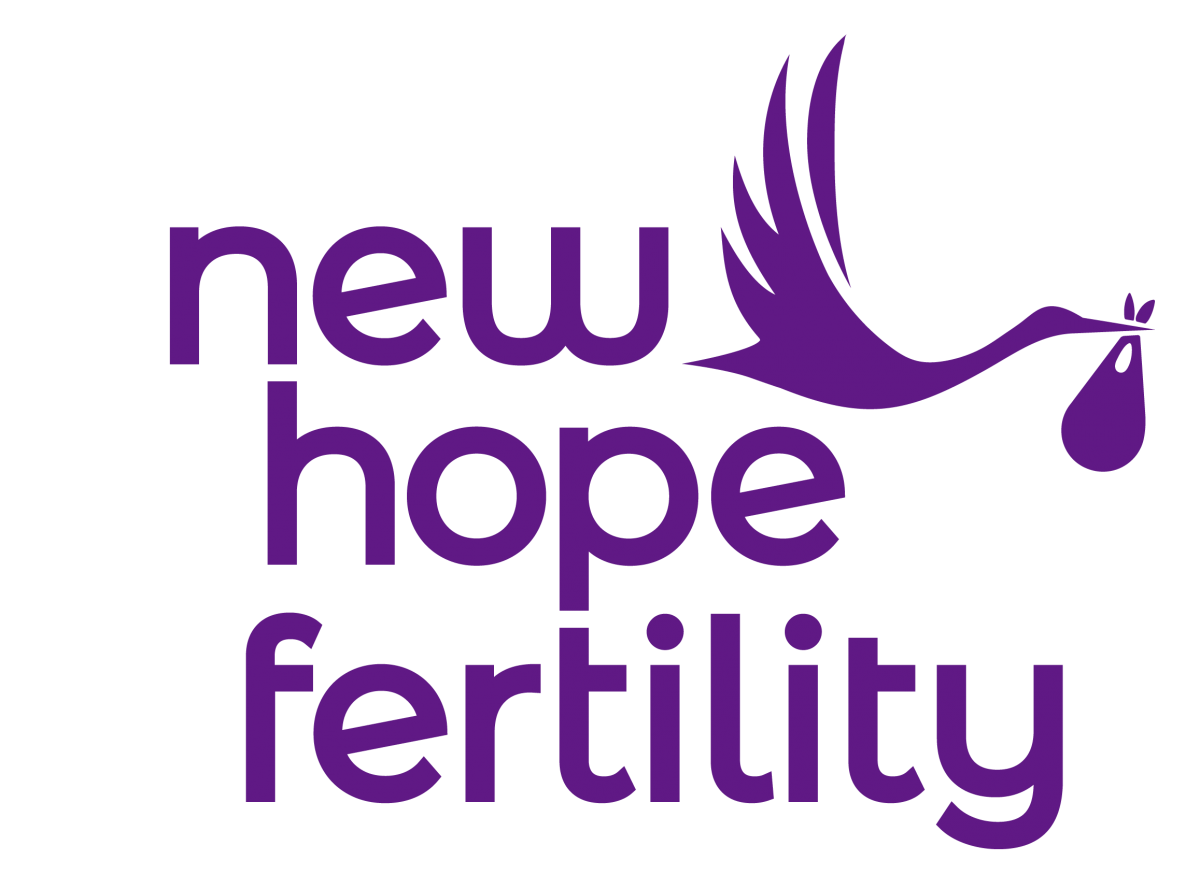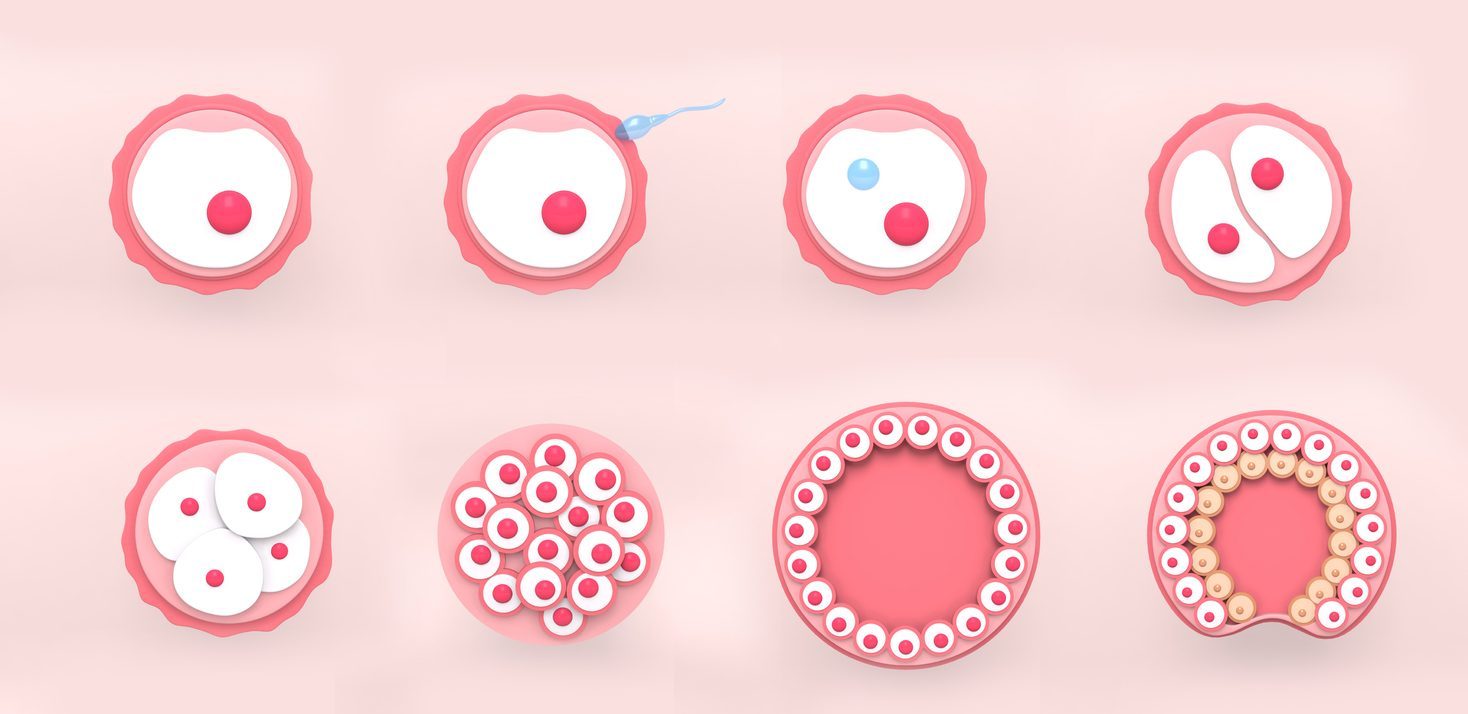So, you’re starting IVF treatment and you want to better understand embryo retention rates. The beginning stages of IVF can feel overwhelming and difficult to understand. The important thing to remember is that everyone’s treatment is different and no one plan fits all.
The truth about IVF success:
Every person involved in the IVF process wants the best outcome possible. But, it is always important to have realistic expectations about embryo retention after retrieval.
One aspect of the IVF process that is very important to understand is that not every embryo will progress through all the necessary stages to implant and create a baby.
This is called the IVF attrition rate. Attrition is the rate at which viable eggs/embryos slowly taper off once they are in the lab. This is a completely natural occurrence and happens to every patient.
This means that the number of eggs retrieved is not always going to result in an equal number of mature embryos. Instead, they gradually decrease in number as they go from retrieved egg to fertilization, and through the various growth stages.
So what is the actual percentage of success?
While there isn’t a 100% accuracy rate, as each case is different, we can break success rates down into commonly seen general percentages.
- 80% of eggs retrieved should be mature
- 80% of mature eggs should fertilize
- 30-50% of fertilized embryos make it to the blastocyst/transfer stage
So say you just did your retrieval and they pulled 10 eggs. If 80% are mature that means there are 8 eggs to fertilize. Then if 80% of those properly fertilize that leaves us with 6 embryos. If the rate of embryos making it to blastocyst is 30-50% that leaves 1-3 embryos for transfer.
These percentages are not exact for every person, though the rule of thumb is that 80-85% of eggs do not make it to the blastocyst stage.
What Mini IVF does to improve these success rates:
One of the main reasons that eggs retrieved might not make it past the fertilization stage is that they are not mature enough at retrieval time. When a patient is going through Conventional IVF, they are most likely taking higher doses of fertility medications and have higher hormone levels. This causes their ovaries to overproduce eggs that will grow at different rates. Once a certain number of eggs look mature, the patient will need to trigger ovulation for retrieval. The doctor will then perform the retrieval and collect all eggs that are within a certain size range. Since the eggs grow at different rates, not all of the eggs retrieved will truly be mature enough to make it through the fertilization stage. Since conventional IVF focuses on quantity over quality this can make the percentage of viable embryos feel smaller.
Mini IVF is a minimal stimulation protocol that focuses on egg quality and natural hormone progression. Because of this, patients who choose Mini IVF have high success rates with eggs properly transitioning through the embryo stages, due to the quality of the eggs being higher.
Mini IVF treatment provides several other benefits, including:
- Comfort – Due to the reduced amount of fertility medication, there are fewer side effects.
- Egg Quality – The focus in Mini IVF is on the quality rather than the number of eggs retrieved. This approach helps to prevent harvesting a large number of eggs that are not suited for fertilization.
- Cycle Success – The success rate for Mini IVF rivals that of traditional IVF care.
- Treatment Options – Mini IVF provides treatment options to women who may otherwise have been unable to pursue IVF as a treatment.
Why New Hope?
New Hope Fertility Center is the home to world-renowned fertility specialists. We custom design fertility for the individual to increase the chances of a successful pregnancy. We believe in putting the patient first and holding their hand through the fertility journey. If you want compassionate fertility care, New Hope is the right place for you. Call us at (347) 970-8479 or visit our website to schedule an initial consultation today!

